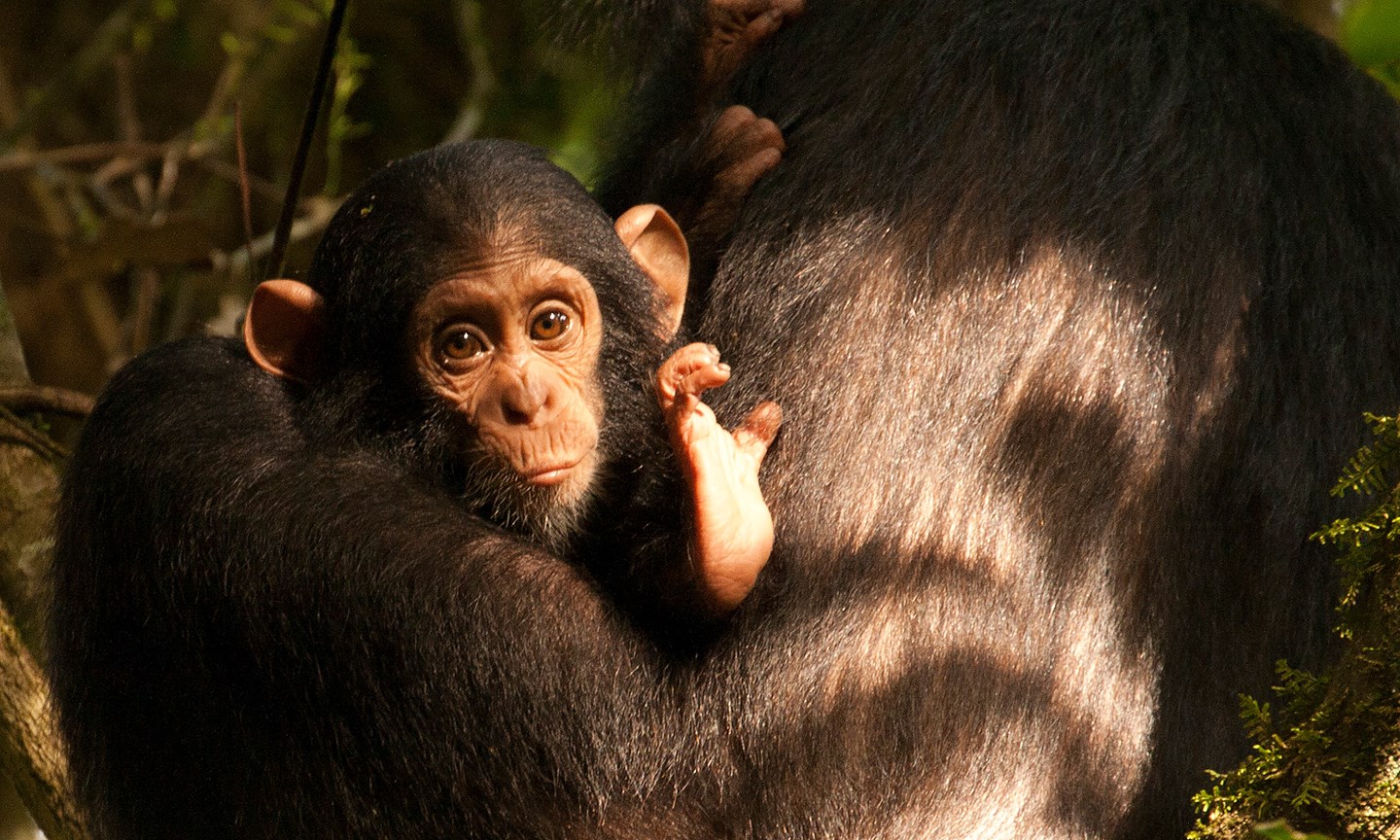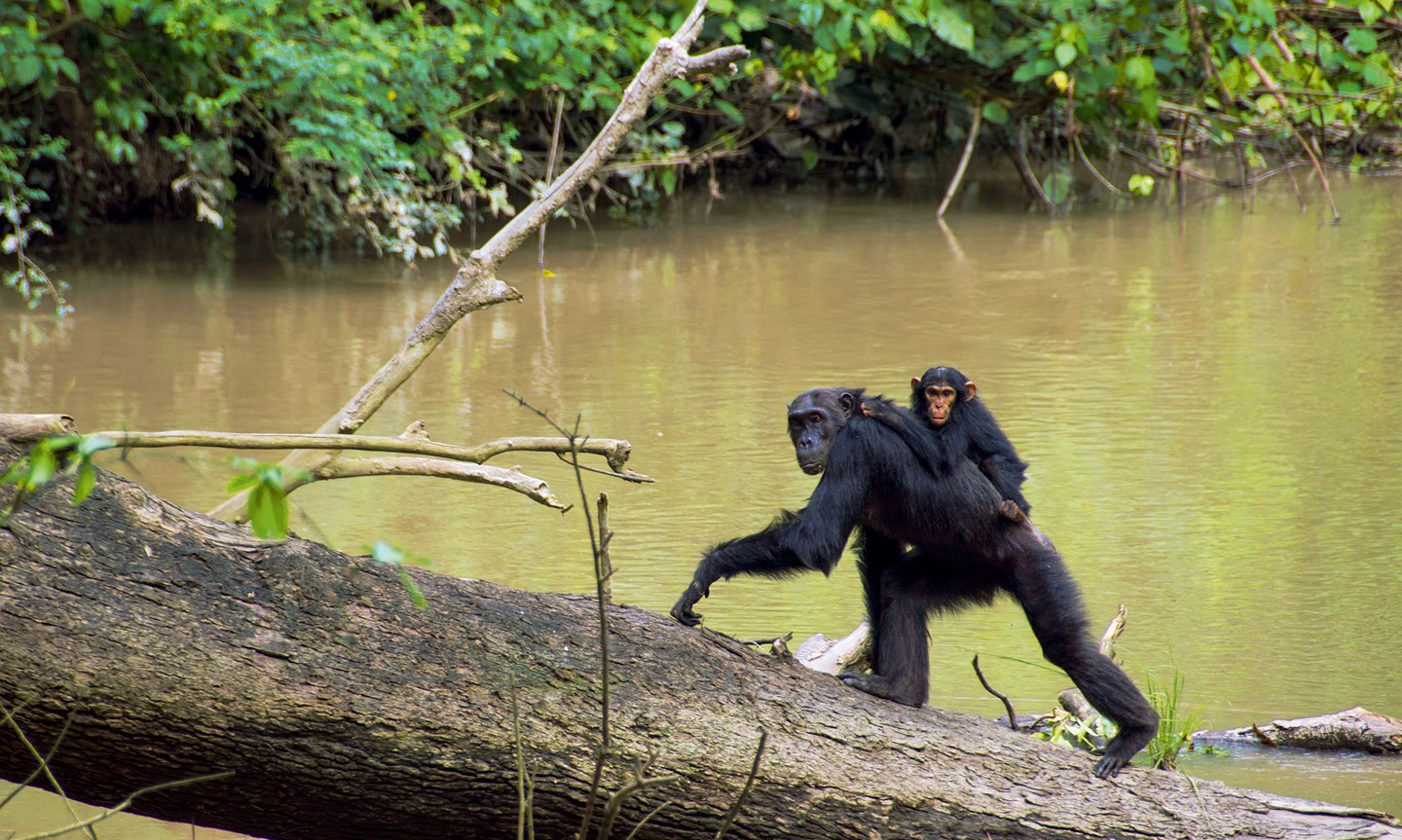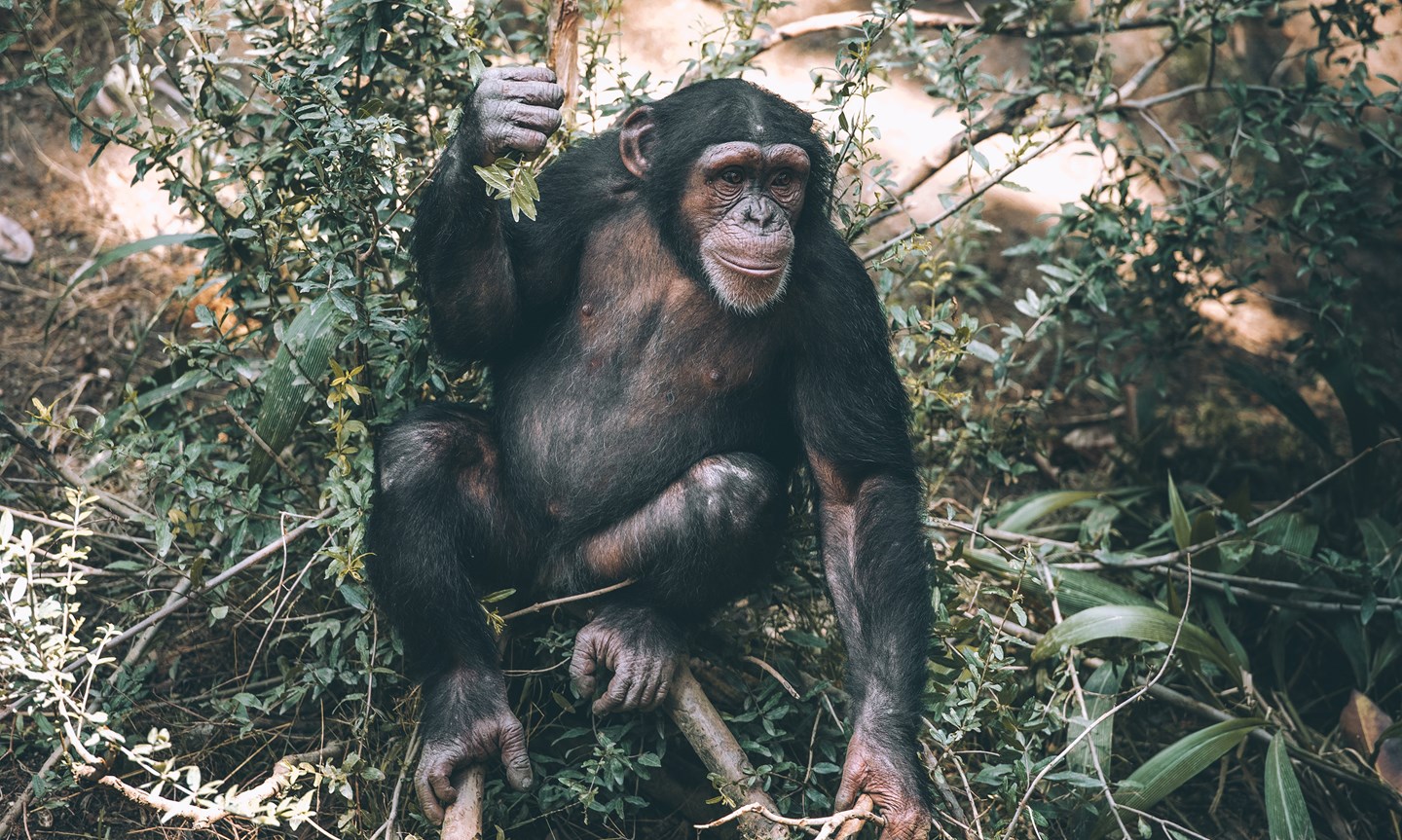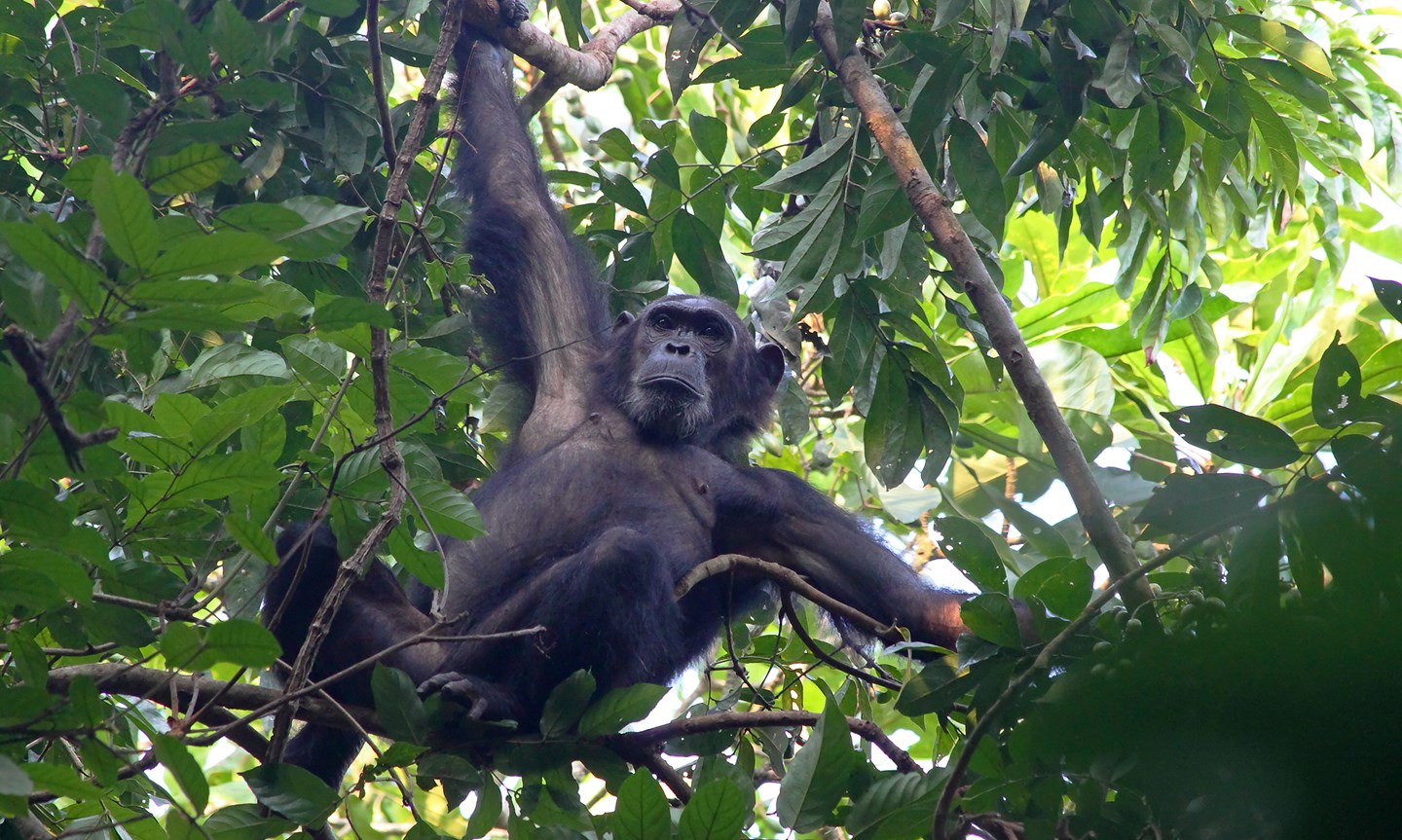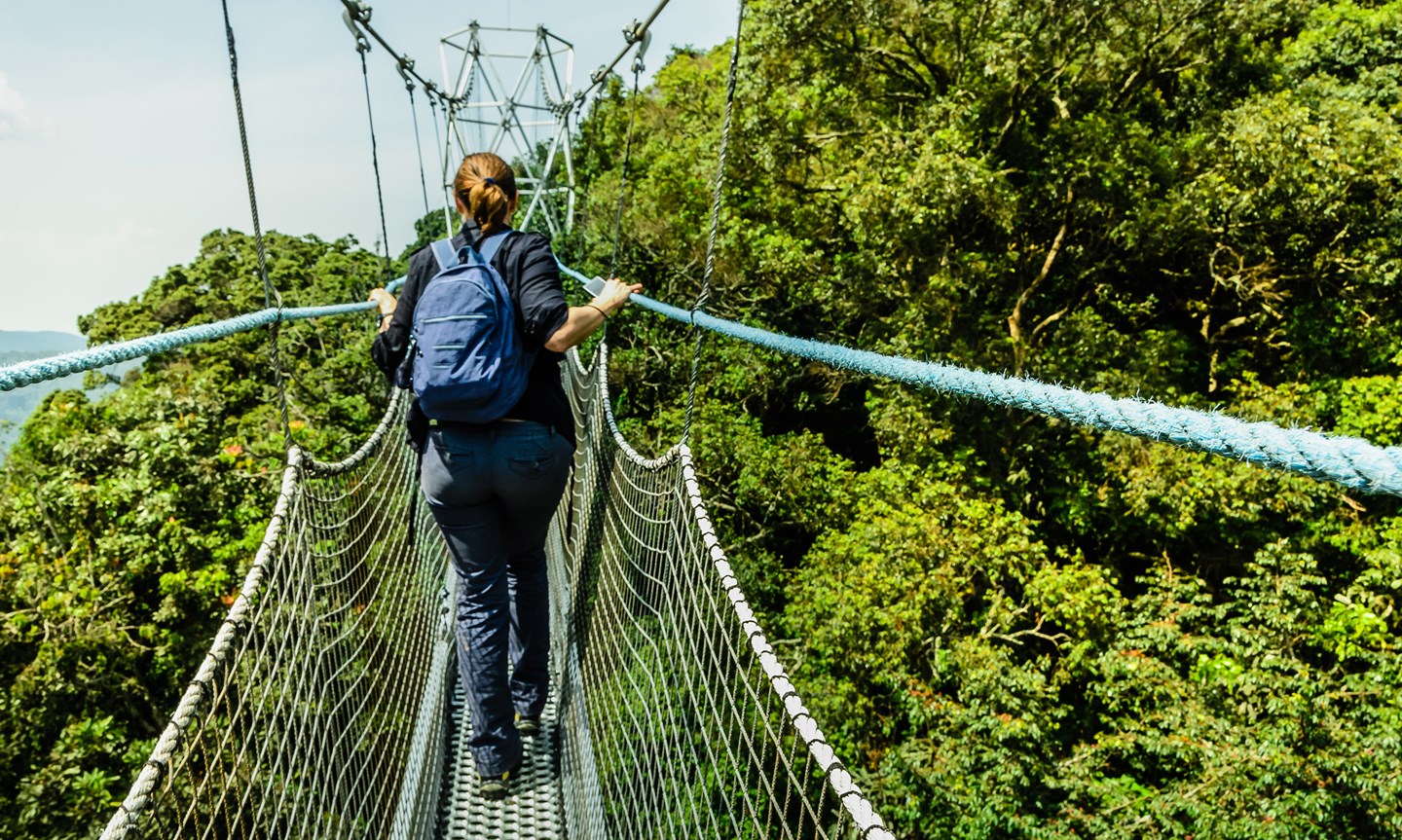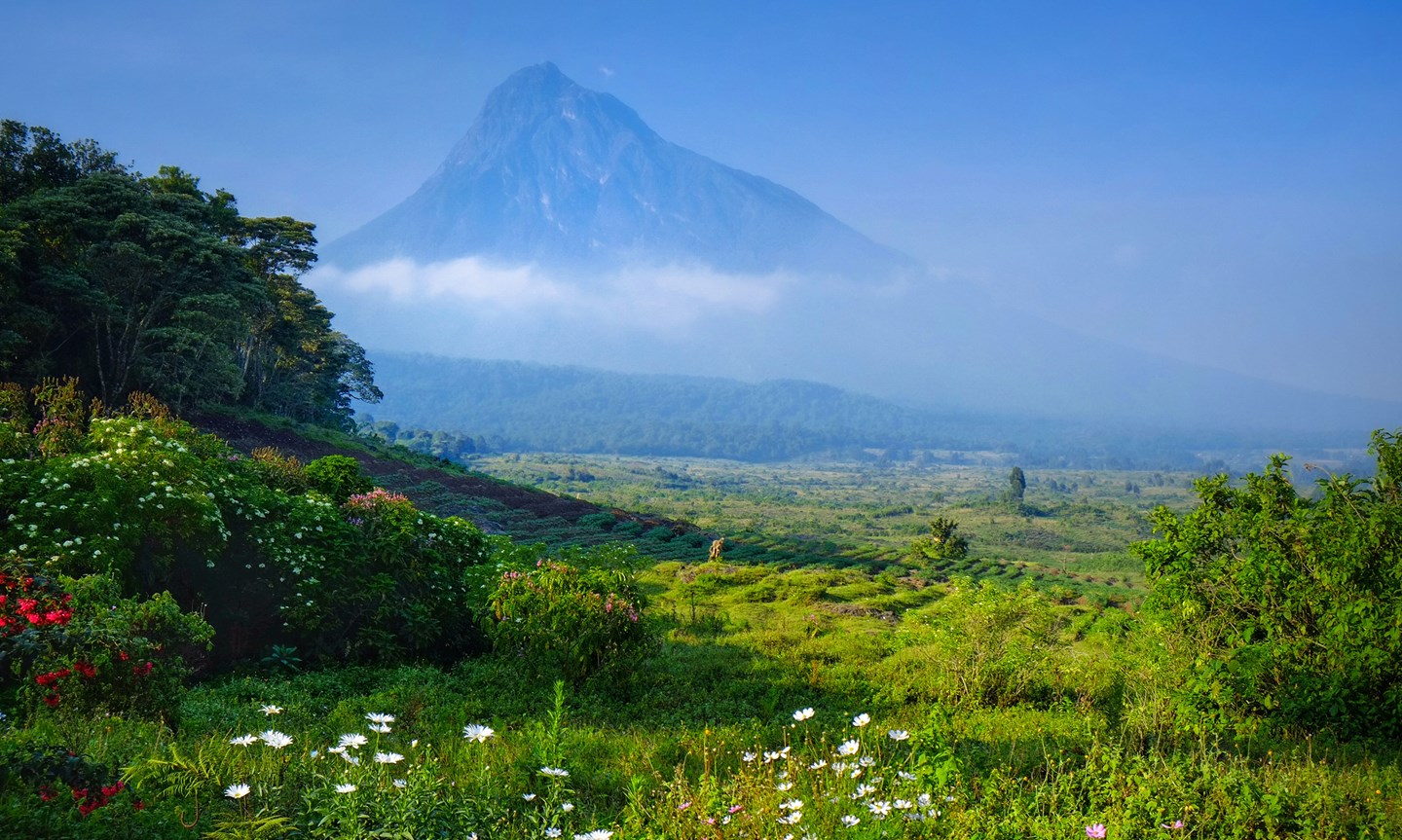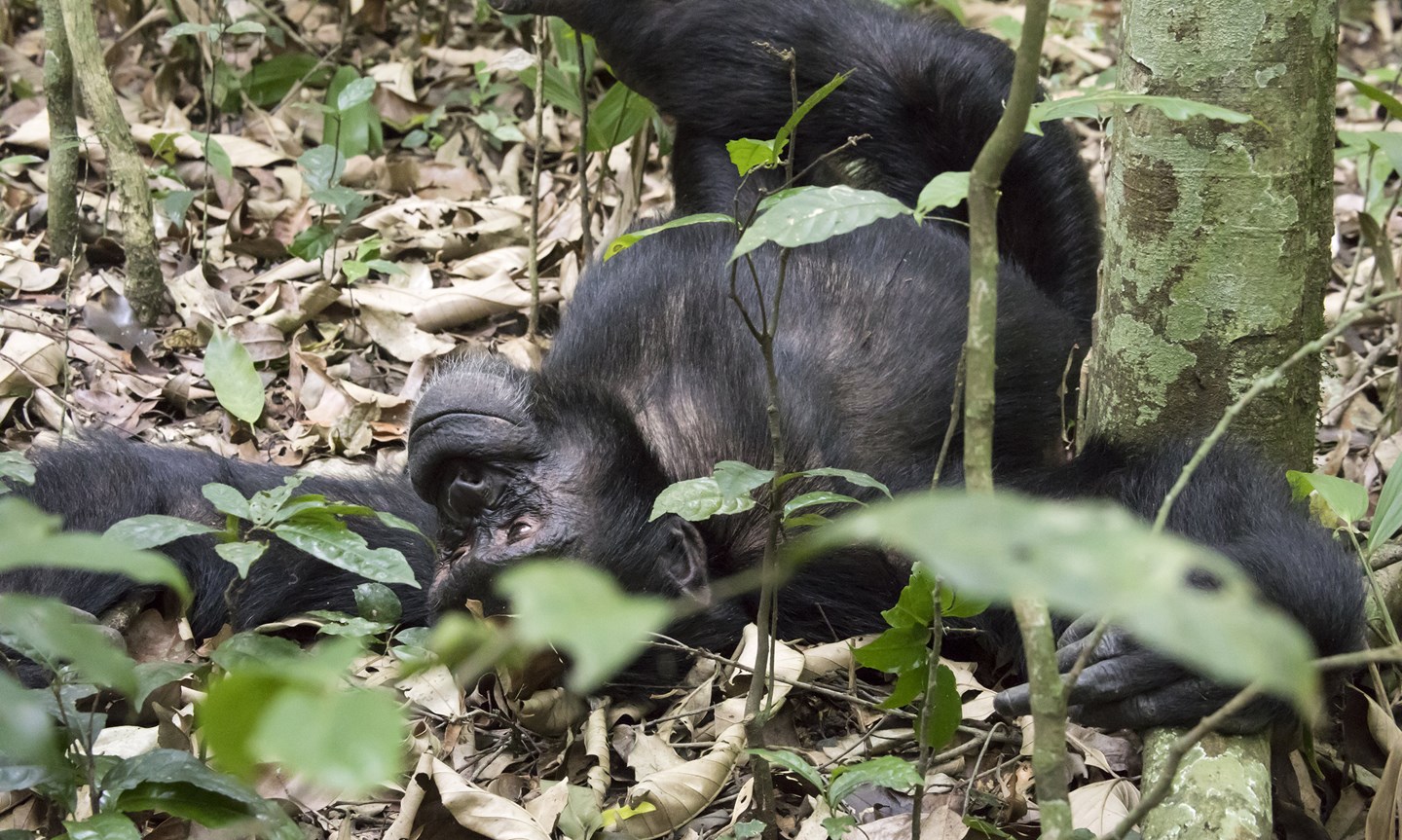 Eastern and Central Africa are home to the best places in the world to track wild chimpanzees — if you know where to look.
Eastern and Central Africa are home to the best places in the world to track wild chimpanzees — if you know where to look.
Chimpanzees are in decline across their range. In some parts of Africa they’re clinging on by their fingertips. But well-managed ecotourism has the power to help protect the forests that are crucial to their survival.
The Albertine Rift — where East Africa meets the jungles of the Congo — is an excellent spot for a primate-watching adventure. Truly vast in its biodiversity, it harbors most of Africa’s chimps, as well as more endemic wildlife species than any other eco-region on the continent.
Uganda is arguably the pick of the lot, due to its prime habitats, not only for chimps but also mountain gorillas, golden monkeys and other primates. But it’s not the only option, as travelers to these regions will discover.
Adventure Consults — which organizes primate safaris in Uganda and Rwanda — offers its list of the best places to find chimps in the wild:
Uganda
Kibale National Park
Best for: Photography
Kibale is the world’s busiest “chimping” location. Accommodation is plentiful, while the terrain is mostly flat and easy, with little undergrowth. One-hour sightings can feel crowded, with groups taking turns to observe the animals.
But it’s also possible to book a full-day “Habituation Experience” year-round. This may yield sightings that, though less predictable, are lengthier and quieter. There’s a chance that you may meet elephants in the park, too. Which can be unnerving. But you’ll be with an armed guide who can fire a warning shot if necessary.
Budongo Forest Reserve
Best for: Eco-friendliness and niche appeal
Located near Lake Albert and deep within the Murchison Falls Conservation Area, this superb reserve has over 600 chimps and a rustic eco-lodge with links to a research station.
The terrain is fairly flat and visitors have two options. They can set off on a half-day trek, watching a habituated group for an hour. Or during low season (January–June and October–December) they can spend an entire day in the forest. It’s an excellent experience, even though the canopy is denser than Kibale, making photography more challenging.
Queen Elizabeth National Park
Best for: Chimps in big cat country
Kyambura is a deep, forested gash in a grassy plain with a beautiful riverside path at the bottom of the gorge. Its small community of chimps have a heartbreaking story: isolated from the main Maramagambo Forest by an overgrown village and grasslands where predators such as lions and hyenas lurk, they’re already showing signs of inbreeding. Visitors can book a guided walk in the gorge. Even if you only catch a glimpse of the chimps, the walk itself is glorious.
Tanzania
Mahale Mountains National Park
Best for: Entertaining guides
At 622 square miles, Mahale is the largest accessible chimp habitat in the Rift region, and visitors see just a fraction of it. Greystoke Mahale is the best lodge — their guides can recite the life histories of the local chimps and they have a real knack for storytelling.
Mahale’s park rangers are impressive, too, ensuring nobody overstays their hour and insisting on masks to avoid the spread of human infections to the primates. While tracking expeditions can be long and hot, the idyllic lakeside setting on Lake Tanganyika helps make the experience extremely special.
Gombe Stream National Park
Best for: Jane Goodall connections
The park where Dr Jane Goodall conducted her ground-breaking chimpanzee studies in the 1960s is still an important research center. Even though the focus here is more on science than tourism, good sightings are almost certain if you have the stamina for a challenging trek. Park rangers act as guides and there’s the option of no-frills accommodation in the national park rest house close to the research center.
Rwanda
Nyungwe National Park
Best for: Montane rainforest scenery
Tragically small at just 1.5 square miles, the park’s Cyamudongo Forest is adrift in a sea of tea plantations, eucalyptus groves and smallholdings. Amazingly, around 40 chimps survive at high altitude (over 6,500 feet). With its steep, slippery paths and thick vegetation, this is a trek only for the fit. But for the chance to explore this bird-rich habitat, dripping with orchids and ferns, it’s more than worth it.
Rwanda, Burundi and DR Congo
Best for: Up-and-coming and future locations
Chimp-tracking destinations in the making include two Rwanda forests: Gisovu (which is part of Nyungwe National Park) and Gishwati (a regeneration zone close to Volcanoes National Park).
The small communities of chimps that call these forests home are not yet fully habituated to human interactions, but may become so in the years to come. The new Gishwati-Mukura National Park will also officially open to tourists later this year [2019].
The pioneering Tongo Forest project in the Democratic Republic of the Congo’s Virunga National Park is marooned by civil unrest, with the park off-limits to visitors for the time being. But if peace returns to the region and plans to exploit its oil reserves are averted, this could once again be a superb place to see chimps and gorillas.
Lastly, Burundi’s Kibira National Park — the southern extension of Nyungwe — is rich in fruit and flowers, good for chimps and birds. The British Foreign & Commonwealth Office (FCO) currently advise against all travel to the region. But future chimp safaris could provide marginalized Batwa communities with much-needed revenue.
